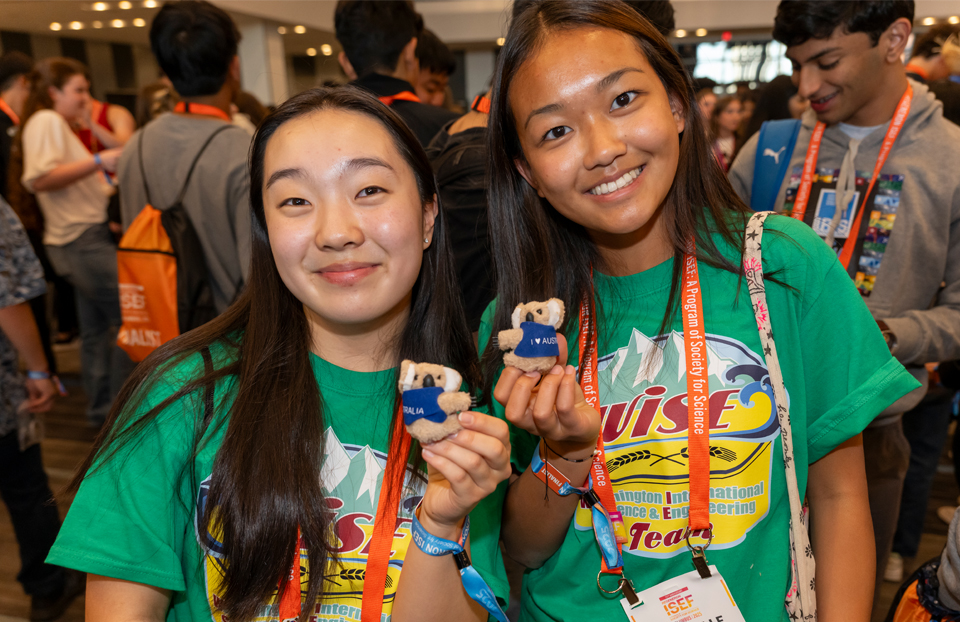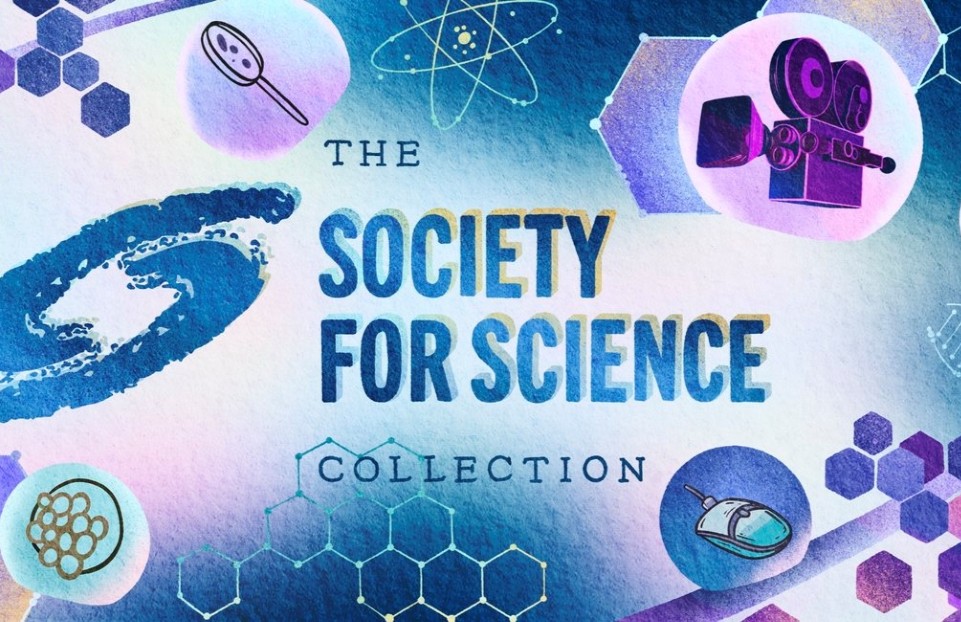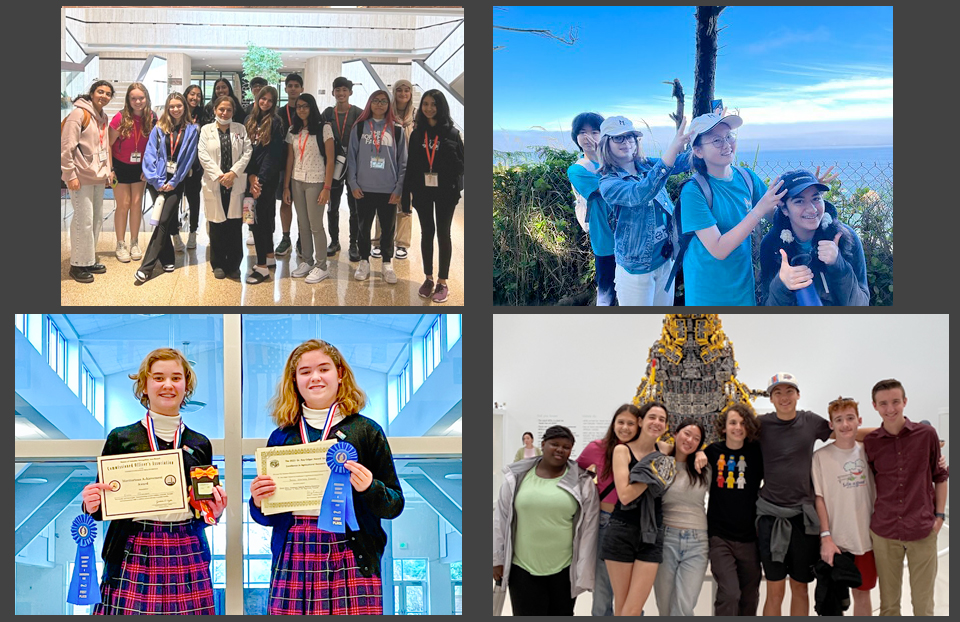From Broadcom MASTERS to Intel ISEF to Yellowstone; One Alumna’s Year
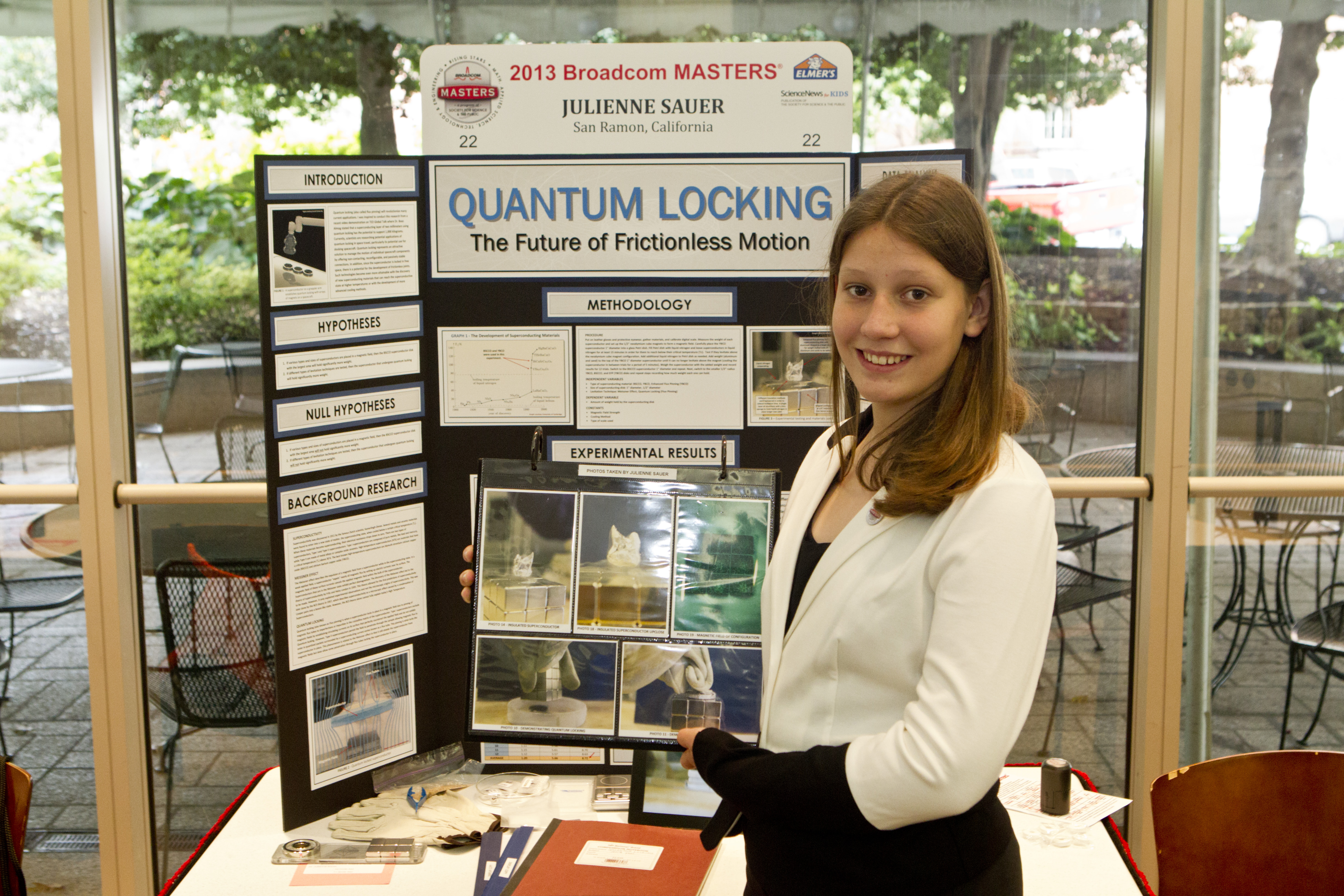
Julienne Sauer won a second place award in Science at Broadcom MASTERS 2013 and a scholarship from Arizona State University at Intel ISEF 2014. Below she tells us about her experiences competing in SSP educational competitions and her summer expedition to the American Prarie Reserve and Yellowstone National Park.
What was your experience being a Broadcom MASTERS and Intel International Science and Engineering Fair finalist like? Favorite moments?
At Broadcom MASTERS, I spent a week in Washington, DC participating in group tasks, workshops, careers events, and scientific challenges. It was a very bonding experience with my fellow middle school participants. We also had an once-in-a-lifetime opportunity to meet President Obama and take a private tour of the White House. I had an incredible time there and made some really good friends with students just like me interested in science. It is exciting to keep in touch and see in which research direction everyone is headed. We look forward to meeting each other again at the various science competitions.
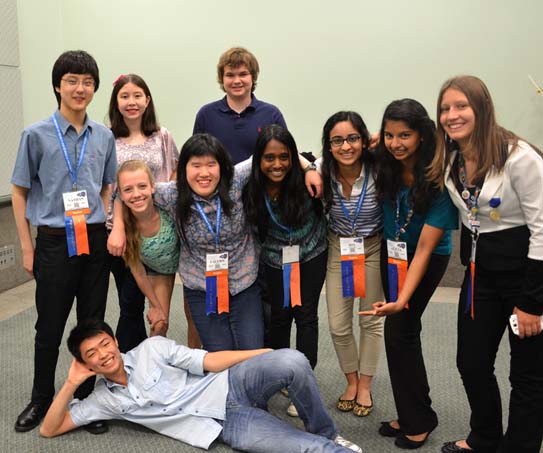
Intel ISEF felt more like a science competition, because most of our time revolved around our science research project. I was invited to participate in a luncheon with Nobel Laureates J. Michael Bishop, Martin Chalfie, H. Robert Horvitz, Harold Kroto, John Mather, and Draper Prize award winner Frances Arnold. This was a very inspiring experience to be able to talk in person with them and ask them questions about their life, accomplishments, and what inspired them. I also had the opportunity to ask a question to Dr. Arnold at the Intel ISEF Excellence in Science and Technology panel about the challenges she faced as a woman in the sciences and how she balanced a family and her amazing research career. Her answer was very enlightening and afterwards many Intel ISEF female participants approached me to thank me for asking this type of question. Her answer demonstrated that it is possible to have the best of both worlds, a family and a successful scientific research career.
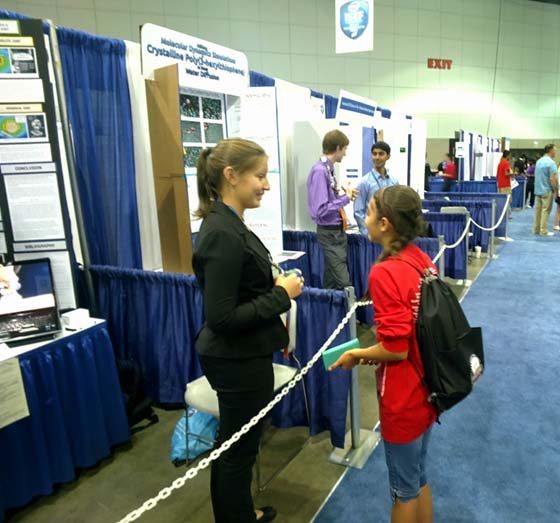
My favorite part of Intel ISEF was meeting students from all over the world and brainstorming solutions to worldwide problems just by hanging out together!
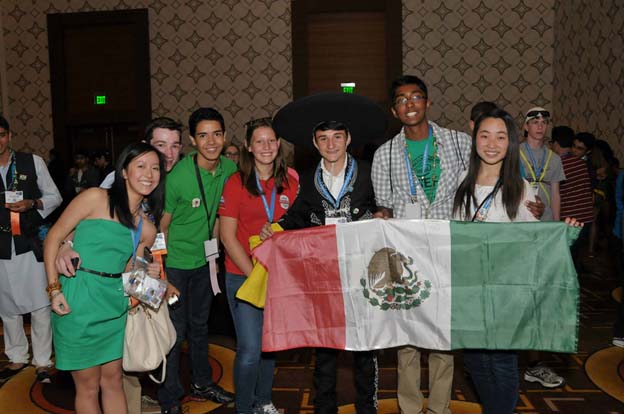
Can you provide a short description of your research project and how you initially became interested in this topic/science in general?
I became interested in the topic of quantum locking after watching a 2012 TEDGlobal talk by Dr. Boaz Almog. He stated that a three-inch superconducting layer two millimeters thick using quantum locking has the potential to support 1,000 kilograms. This is due to the more than one hundred billion flux tubes that are created in the superconductor when placed over a strong magnet, which result in its immense strength. I was curious to find out if that was really true and decided to conduct my own research into the topic. So I started conducting research into quantum locking, which allows a cooled Type II superconductor to levitate pinned in a strong magnetic field. This is not levitation by repulsion as we know today, but instead the magnetic field penetrates the superconductor through impurities, locking it in midair.
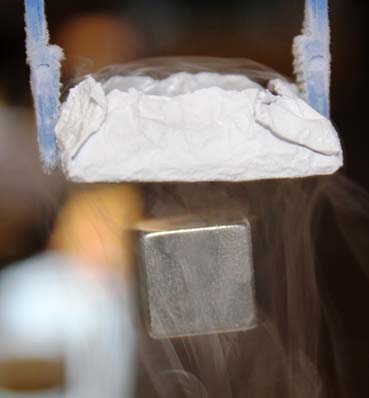
My current project, “Quantum Locking: Applications towards Controlled Frictionless Spatial Motion” studies the properties that affect the amount of force a quantum-locked superconductor can withstand while pinned in a strong magnetic field. Quantum locking holds the potential to revolutionize countless technologies. By providing stable, low-energy non-contacting connections, this phenomenon has applications toward the development of frictionless joints, next-generation space systems for docking, object manipulation, satellite formation, and improvement of Maglev trains.
Watch videos from Julienne’s research project
I am continuing my research this summer by working on applying quantum locking to various technologies, such as landing, launch, and docking systems. I am also looking into building a flux pinned interface for various joints.
Do you have any advice for students interested in science?
My advice to students interested in science is to be curious and excited about the topic you choose. Initially you might not be very familiar with your subject, but resources are available both online and from your teachers to help you start your research. Eventually as you become more involved in your research, you can take classes (at school or online) and find a mentor that can guide you along the way.
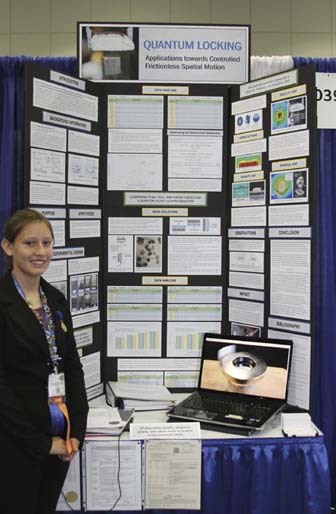
I believe curiosity is the most important overlooked trait of a scientific researcher. In 1994, Dr. George Lowenstein from Carnegie Mellon University published an article about the psychology of curiosity. He defined curiosity as the gap “between what we know and what we want to know.” The “want to know” drives us to learn more about interesting topics and to discover what new possibilities can be realized through your newly acquired information.
You just got back from a National Geographic Student Expedition. Can you tell us about that?
At Broadcom MASTERS, I received second place in one of the STEM categories and received a scholarship to attend a unique summer experience of my choice. I chose to participate in a student expedition to the American Prairie Reserve/Yellowstone with National Geographic this summer.
During my trip, I had the inspiring opportunity to work with a variety of National Geographic experts that shared with us the importance about being passionate about your work while exploring the American Prairie Reserve and Yellowstone National Park. I studied the unique conservation issues in preserving this beautiful land and restoring its animal habitat, volunteered in a community service project to remove barbed fences, visited a professional rodeo on the 4th of July and ate bison burgers, learned about the extraordinary Yellowstone Wolf Restoration Project, and much more.
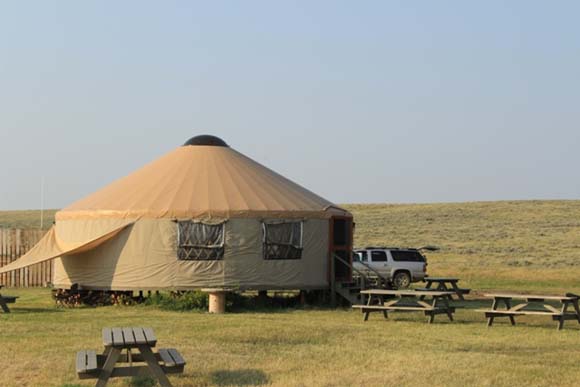
Read Julienne’s blog about her experience.
Each National Geographic Student Expedition group has an On Assignment project of their choice that enhances the understanding of the new environments that they learn about. Our group chose to write a children’s book titled From the Animals. Our goal was to educate children about the importance of conservation and make them aware of the unique environmental issues that affect the American Prairie and Yellowstone National Park. The work was split up among different team members; some of us chose to be writers, illustrators, artists, photographers, and storytellers. Currently we are working on getting our children’s book published.
